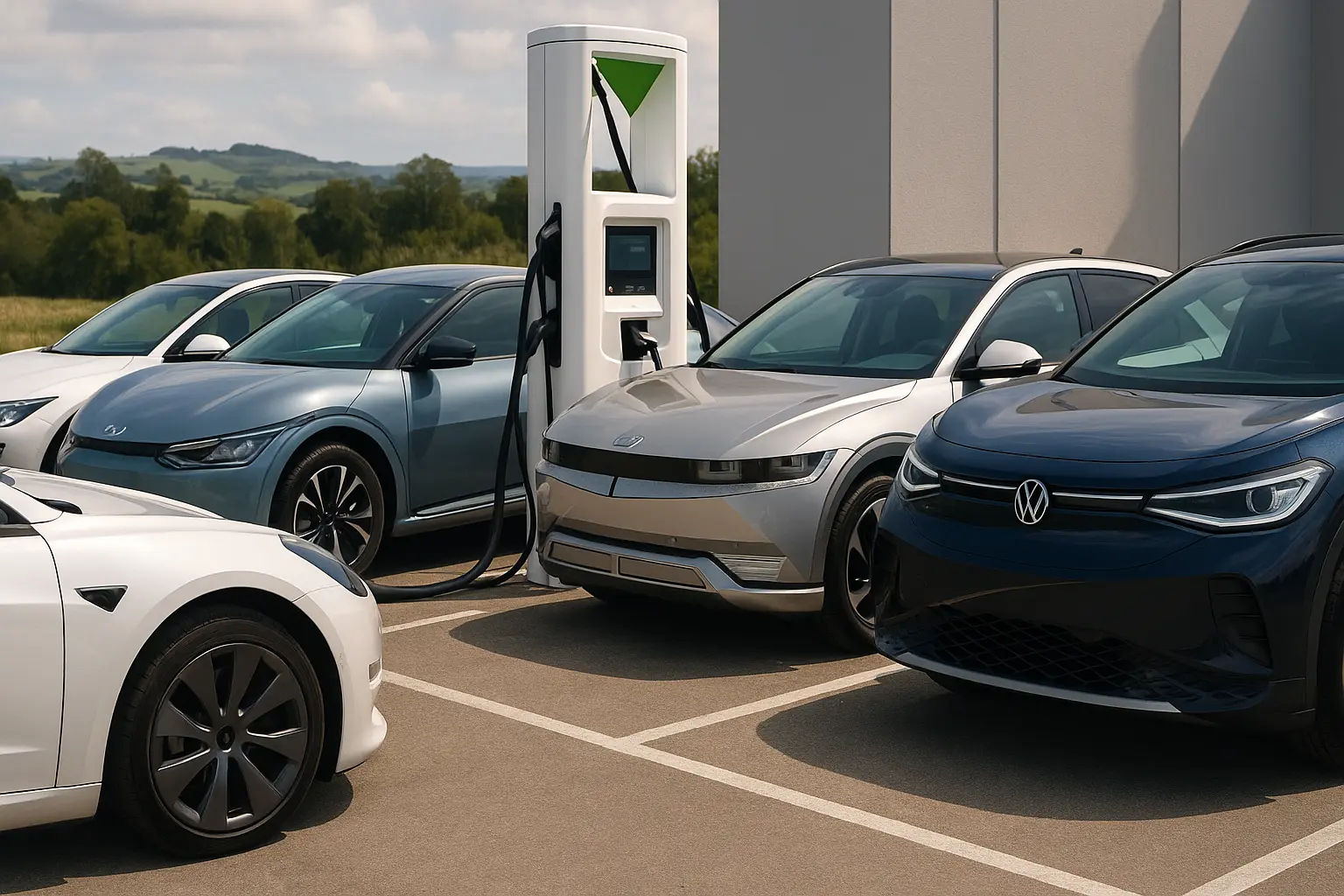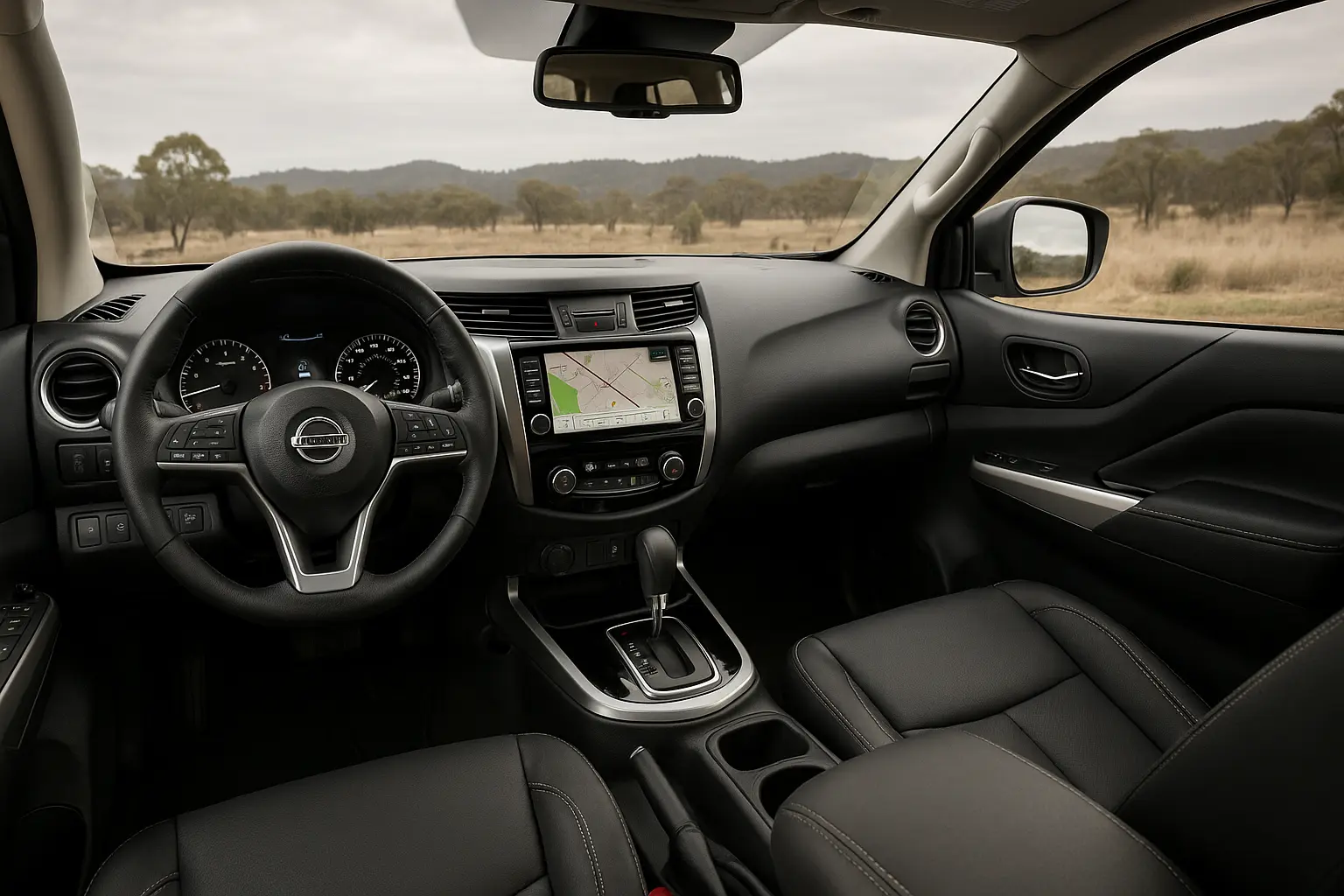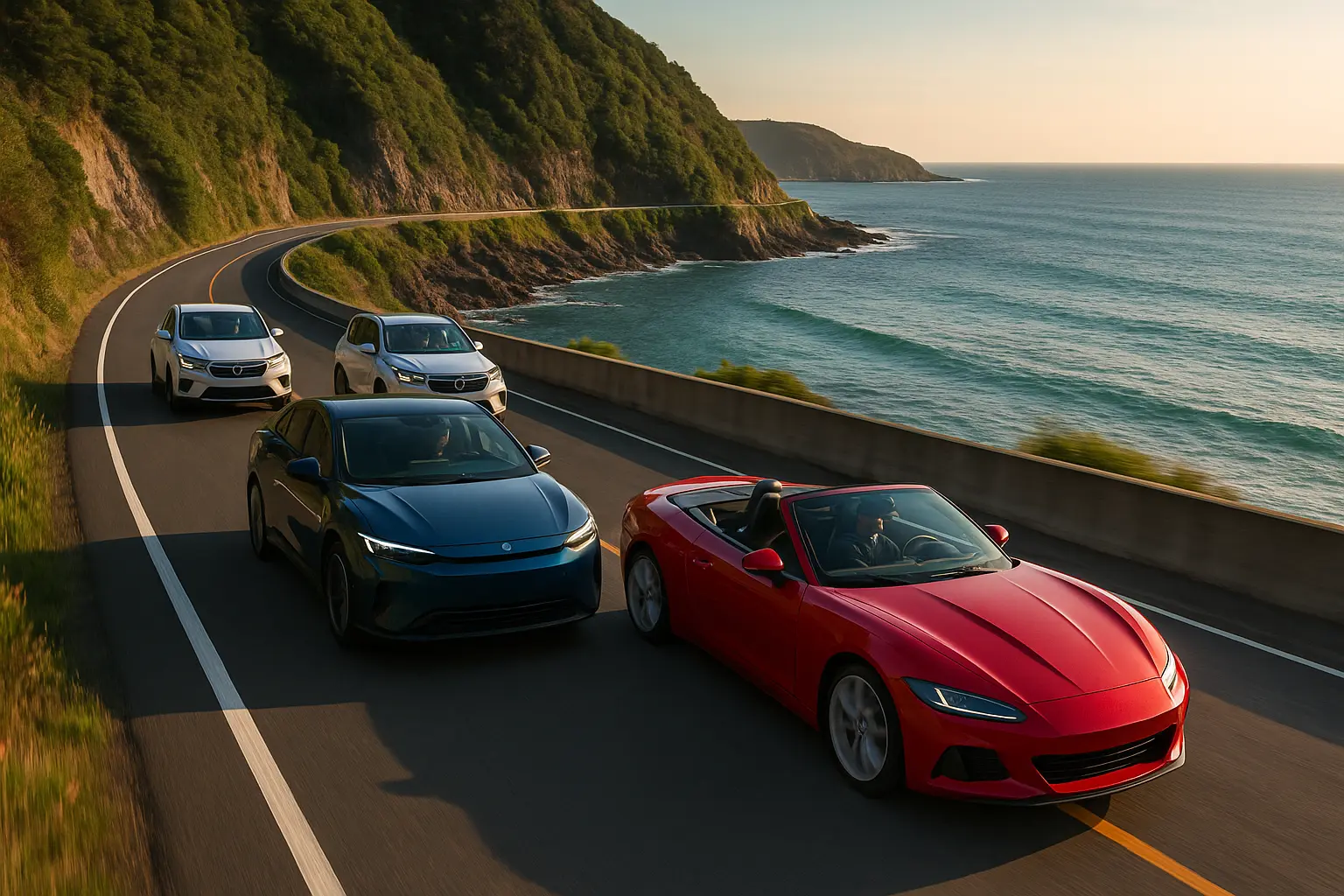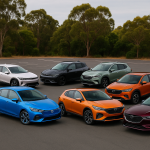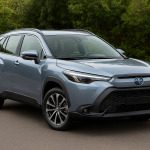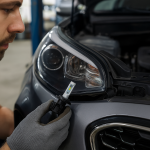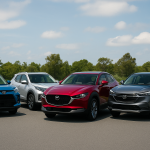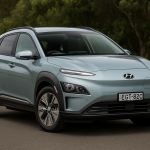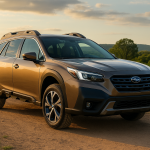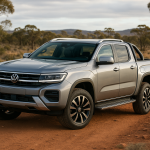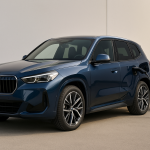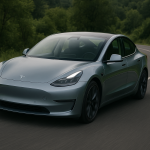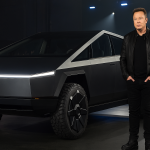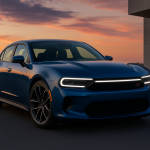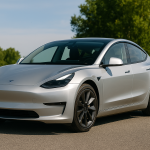Australia’s automotive market is undergoing its most dramatic transformation in decades. Electric vehicles (EVs), once considered niche or impractical, are now entering the mainstream thanks to falling battery costs, improved charging infrastructure, and government incentives. As of 2025, more than one in five new car sales in Australia is expected to be electric, with states like New South Wales and Victoria leading adoption.
This comprehensive guide answers all of those questions—and more. We’ll explore the best electric vehicles available in Australia in 2025, explain charging costs, and give you a roadmap for owning an EV with confidence.
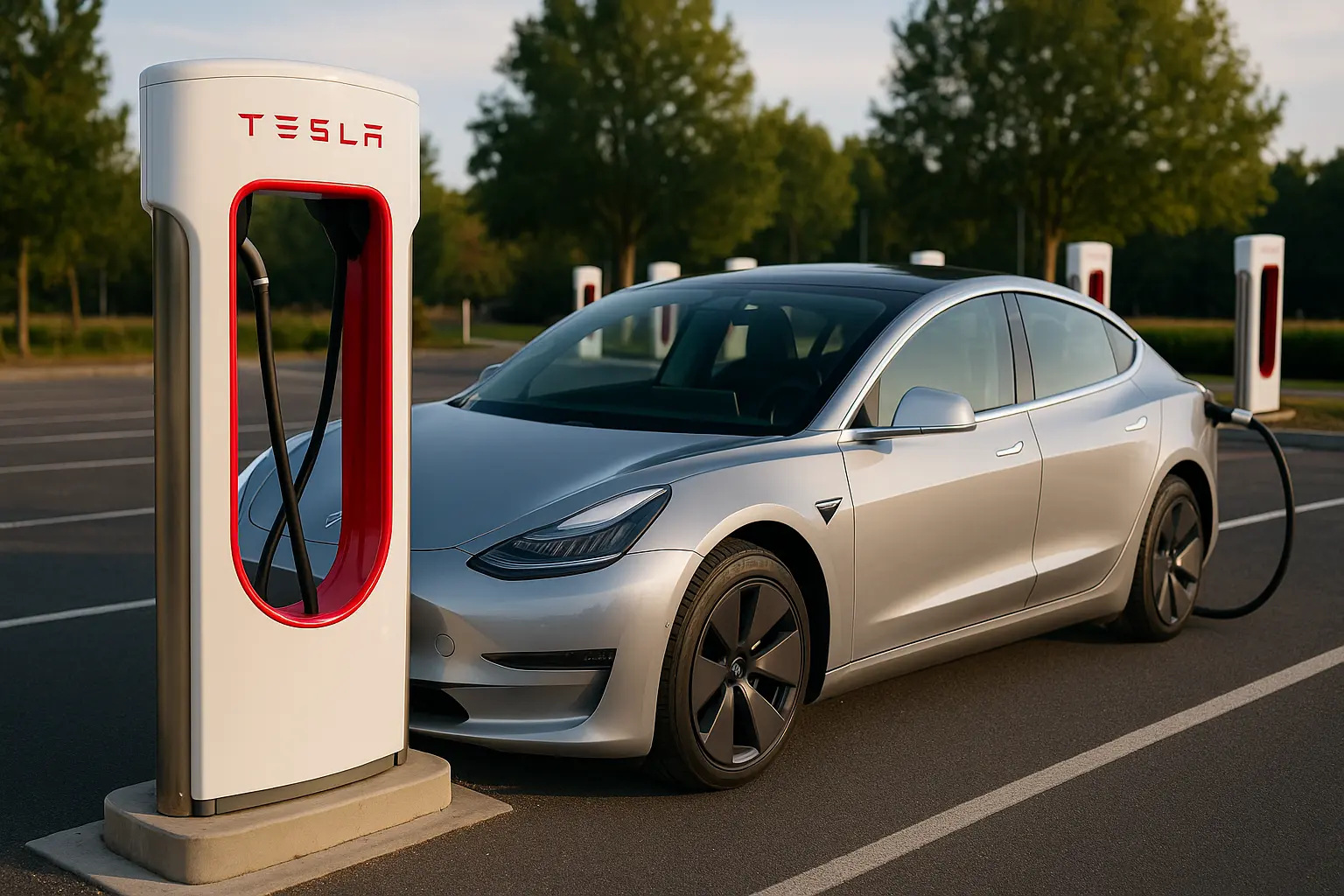
Why EVs Are Taking Off in Australia
Several factors are fueling the growth of EVs in Australia:
1. Government Policy and Incentives
Federal and state governments are finally aligning on climate goals. Rebates up to $3,000 remain available in some states for EV purchases, while fringe benefits tax (FBT) exemptions continue to make EVs highly attractive for fleet buyers.
2. Expanding Charging Infrastructure
Networks like Tesla Superchargers, Chargefox, and Evie are rapidly installing fast chargers along highways and in regional towns. By 2025, there are more than 3,000 public fast charging sites across Australia.
3. Falling Battery Prices
Global battery costs have dropped by 80% over the past decade. That means more affordable EVs are entering the Australian market, with several models priced under $50,000.
4. Consumer Awareness
Australians are becoming more conscious of fuel costs, especially after petrol price spikes in recent years. EVs, with their lower running and maintenance costs, are increasingly seen as the smart choice.
Best Electric Vehicles to Buy in Australia (2025 Edition)
With over 60 EV models now available, choosing the right one depends on your budget, lifestyle, and driving needs. Below are standout picks across different categories.
Affordable EVs (Under $50,000)
- BYD Dolphin
A hatchback priced around $39,000, offering over 400 km range. Perfect for urban commuters who want practicality without breaking the bank. - MG4 EV
A strong value contender with modern styling and up to 450 km range. One of the most affordable EVs in Australia, starting from around $47,000. - GWM Ora
Quirky, compact, and affordable at $44,000. Ideal for city drivers who need a nimble car for tight parking and short trips.
Mid-Range EVs ($50,000–$80,000)
- Tesla Model 3 (Updated 2025)
Still the benchmark for mid-range EVs, with up to 600 km range, OTA software updates, and access to the Tesla Supercharger network. Priced from around $61,900. - Hyundai Ioniq 5
Stylish SUV with retro-futuristic design, 480 km range, and ultra-fast 350 kW charging. From $72,000. - Kia EV6
Sporty styling and excellent range. From $68,000, it competes head-to-head with Tesla and Hyundai.
Premium EVs ($80,000+)
- BMW iX3 & i4
Luxury interiors combined with efficient German engineering. Around $90,000+. - Mercedes EQE SUV
A step down from the EQS but still a premium EV experience. From $110,000. - Porsche Taycan
For performance enthusiasts, with mind-blowing acceleration and prestige. Starts at $165,000.
EVs for Families & Long-Trips
- Tesla Model Y
Australia’s best-selling EV SUV, offering space, tech, and long range. From $67,000. - Hyundai Ioniq 7 (2025 Release)
A three-row EV SUV designed for families, with over 500 km range. - LDV eDeliver 9
For tradies and small businesses, a practical electric van option.
EV Charging Costs in Australia Explained
One of the biggest questions for new buyers is: How much does it cost to charge an EV in Australia?
Home Charging Costs
Most Australians charge at home overnight using off-peak electricity rates. On average:
- Standard EV battery (60 kWh): $15–$20 for a full charge at home.
- Equivalent petrol car: Around $80+ per tank for 600 km range.
That means charging at home is up to 75% cheaper than refuelling with petrol.
Public Charging Costs
Fast charging costs more, but is still cheaper than petrol:
- Chargefox/Evie DC fast chargers: Around 60c–70c per kWh.
- Tesla Superchargers: Around 55c–65c per kWh.
So, a full charge on a 60 kWh EV battery costs roughly $36 at a fast charger—still half the cost of a petrol refill.
Solar & EV Ownership
More Australians are pairing EVs with home solar panels. Charging directly from solar can bring running costs close to zero, especially during daytime. Some even use vehicle-to-grid (V2G) technology to feed energy back into the home or grid.
Practicality: Can EVs Handle Australian Conditions?
Australians worry about range and outback practicality, but EVs are catching up fast.
- Range Anxiety: New models average 400–600 km per charge, easily covering city commutes and interstate trips with planned charging stops.
- Towing: EVs like the Kia EV9 and Tesla Model X can tow up to 2,500 kg, matching many SUVs.
- Off-Roading: Rivian and upcoming electric LandCruiser concepts are proof EVs are heading into rugged 4x4 territory.
- Heat Management: EV batteries are now engineered for hot Aussie summers, with active cooling systems preventing overheating.
Incentives & Government Policies (2025 Update)
- NSW & VIC: Continue offering rebates of $3,000 for eligible EVs under $68,750.
- ACT: Offers stamp duty exemptions and free registration for two years.
- Federal: EVs priced under the luxury car tax (LCT) threshold remain exempt from FBT for company fleets.
- Infrastructure Grants: Funding is available for councils and private operators to install chargers.
These policies make EVs more affordable than ever for Australians in 2025.
Long-Term Ownership & Maintenance
EVs don’t just save money on fuel—they also reduce servicing costs.
- No oil changes
- Fewer moving parts compared to petrol engines
- Brake wear reduced thanks to regenerative braking
- Battery warranties often cover 8 years or 160,000 km
That said, battery replacement can be costly, so buyers should look at manufacturer guarantees before purchase.
Future Trends: What’s Next for EVs in Australia?
- Cheaper EVs Incoming: Expect sub-$30,000 models by 2026.
- More Utes: Electric utes like the Ford F-150 Lightning and Toyota Hilux EV are set to hit Australian showrooms by 2025–26.
- Solid-State Batteries: These promise faster charging and longer lifespans, possibly reaching mainstream use by 2027.
- Second-Hand EV Market: A growing pool of used Teslas, Hyundais, and MGs will make EV ownership more affordable.
Buying Guide: Tips for Australian EV Buyers
- Check Charging Access: If you live in an apartment, ensure you have access to charging before buying.
- Think Range Realistically: For daily commutes, even a 300 km EV is enough. Don’t overspend on extra range unless you do frequent road trips.
- Factor in Insurance: EV insurance can be higher, but prices are normalising as adoption grows.
- Plan Road Trips: Download apps like PlugShare to find chargers across Australia.
- Look for Rebates: Check your state government site before purchasing to maximise savings.
Conclusion
The Australian car market is changing rapidly, and electric vehicles are no longer the future—they’re the present. With more models, affordable options, expanded charging networks, and supportive government policies, 2025 is the year EVs truly go mainstream in Australia.
Whether you’re after a budget-friendly hatchback, a family SUV, or a luxury performance EV, there’s now an electric car that fits your lifestyle. Add in the massive savings on charging and maintenance, and the decision becomes clear: the best car for most Australians today is electric.
Leave a comment
Your email address will not be published. Required fields are marked *


